Connecting with neighbors is important for community resilience and support. Learn about how to create a network of neighborhood support.
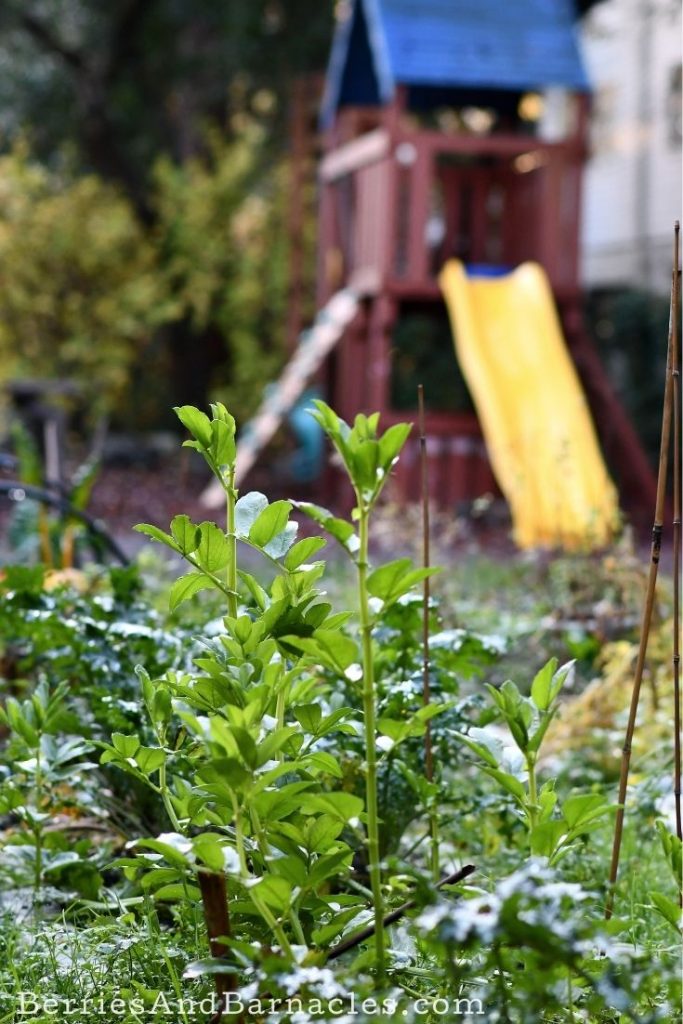
Max and Una spend every weekend and most school holidays running around with a group of neighborhood kids. They don’t think anything of the fact that they are different ages, go to different schools, and have different hobbies. They’ve known each other for most of their lives.
They play soccer, hockey, and Dungeons and Dragons. They collect pet caterpillars, sell painted rocks, and have epic water fights. This is their understanding of community. Even if they don’t always agree or get along, they all belong.
Sense of community
There are all sorts of communities, usually formed around some commonality: an interest in knitting, kids’ T-ball games, or people who work together.
While these communities are perfect for connecting people around an activity, knowing your neighbors creates a community around a place. A neighborhood community is not something you opt into, it includes everyone, even people you might not normally get along with. And people who don’t necessarily have the same background and experiences that you have.
That is where its strength lies.
- Connecting with people from different backgrounds fosters tolerance and understanding.
- Max and Una have a ton of trusted adults in their lives. When Una was having a tough time coping with the lockdowns, one of our neighbors dropped off craft supplies and helped her make cloud slime from a distance.
- Our neighbors give Una and Max a ton of unconditional positive regard. They always clap for their impromptu piano and ukulele concerts. Get the kids involved with gardening tasks. And buy boxes of girl guide cookies.
- Our neighbors have skills and knowledge that we don’t have. For example, most of the improvements in my blog photography are because one of my neighbors is a trained photographer.
- Likewise, we are able to help others by dropping off groceries, changing hard-to-reach lightbulbs, and moving furniture.
There is something special about knowing that you can rely on your neighbors.
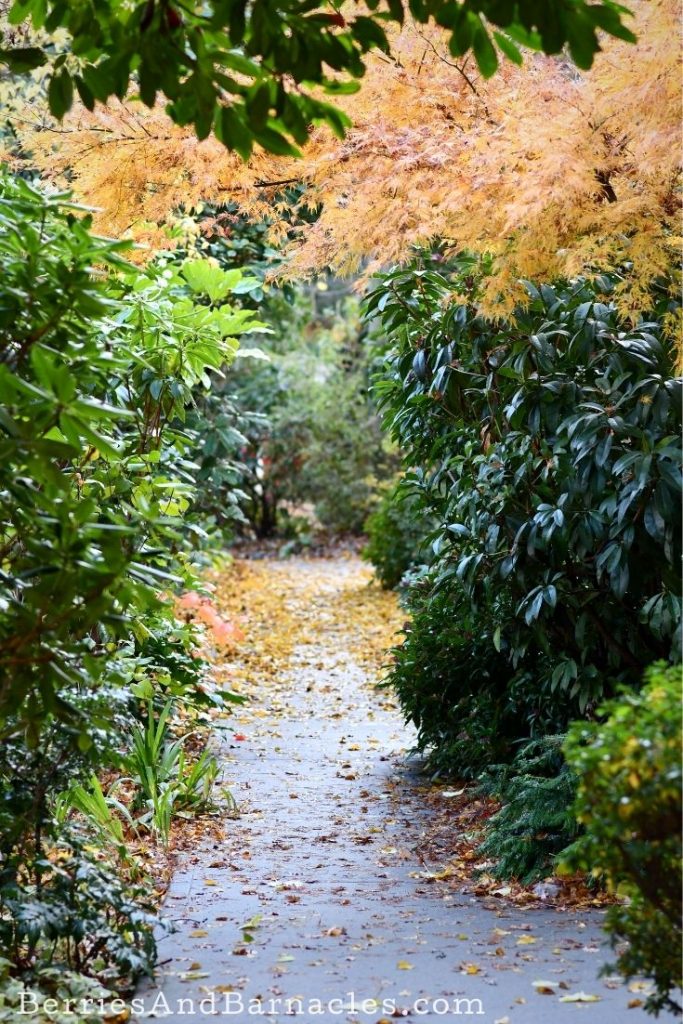
Resilient Neighborhoods
Connecting with neighbors is even more important in the context of building resilient neighborhoods.
A resilient neighborhood is a community that is able to respond and recover from adverse events. These events could include things like an economic crisis or an environmental disaster.
In my region, local governments want to foster resilient neighborhoods in case of a major earthquake. That way people will know who their vulnerable neighbors are, and automatically check in on them. Connected neighbors will be in a better position to help each other while waiting for emergency services and government support.
Connecting with Neighbors
Living in cooperative housing means that we are automatically connected with our neighbors through our shared spaces and homeownership. However, there are a number of ways to create community connections:
- Shared events, barbecues, parties, and potlucks.
- Taking the time to smile and greet those on the other side of the fence.
- Offering help with raking leaves, carrying groceries, etc.
- Dropping off yummy treats or extra vegetables from your garden.
- Participate in neighborhood events like Music on the Porch Day or Window Wanderland.
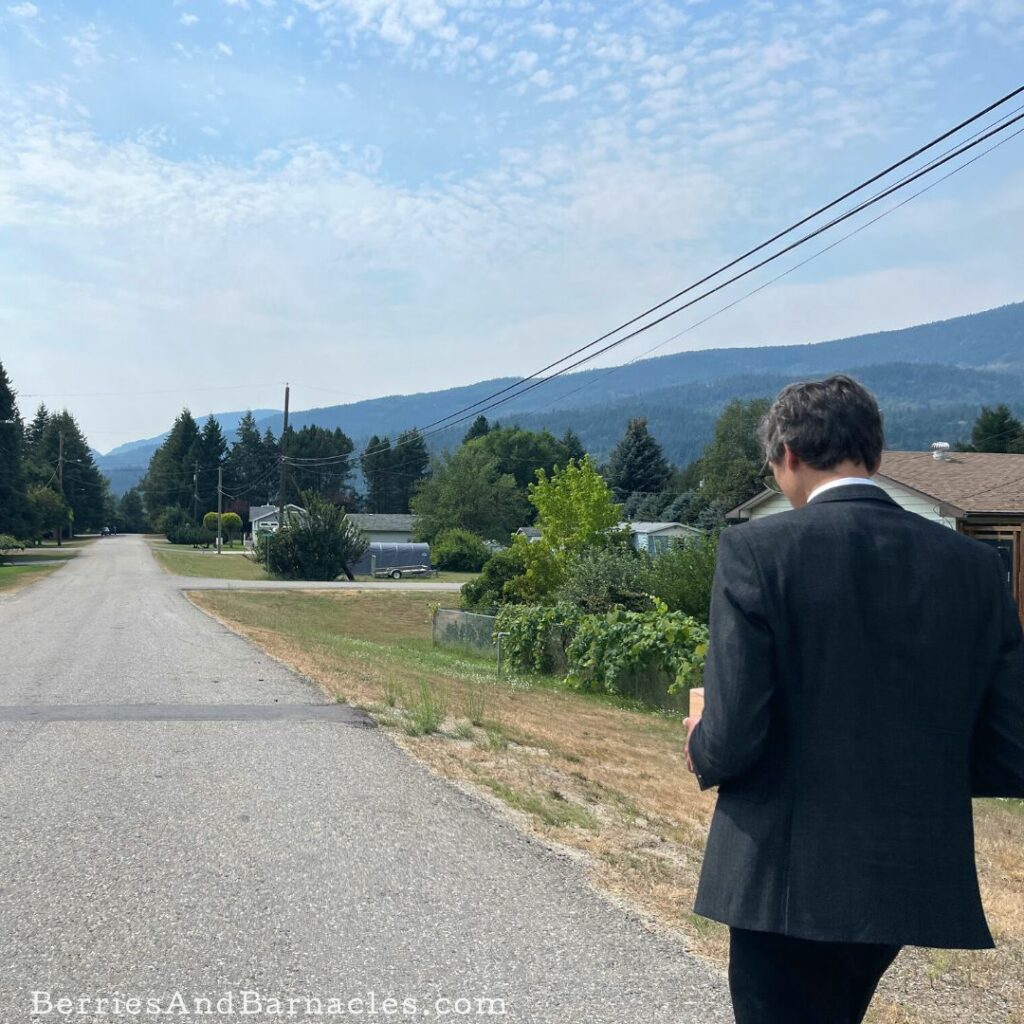
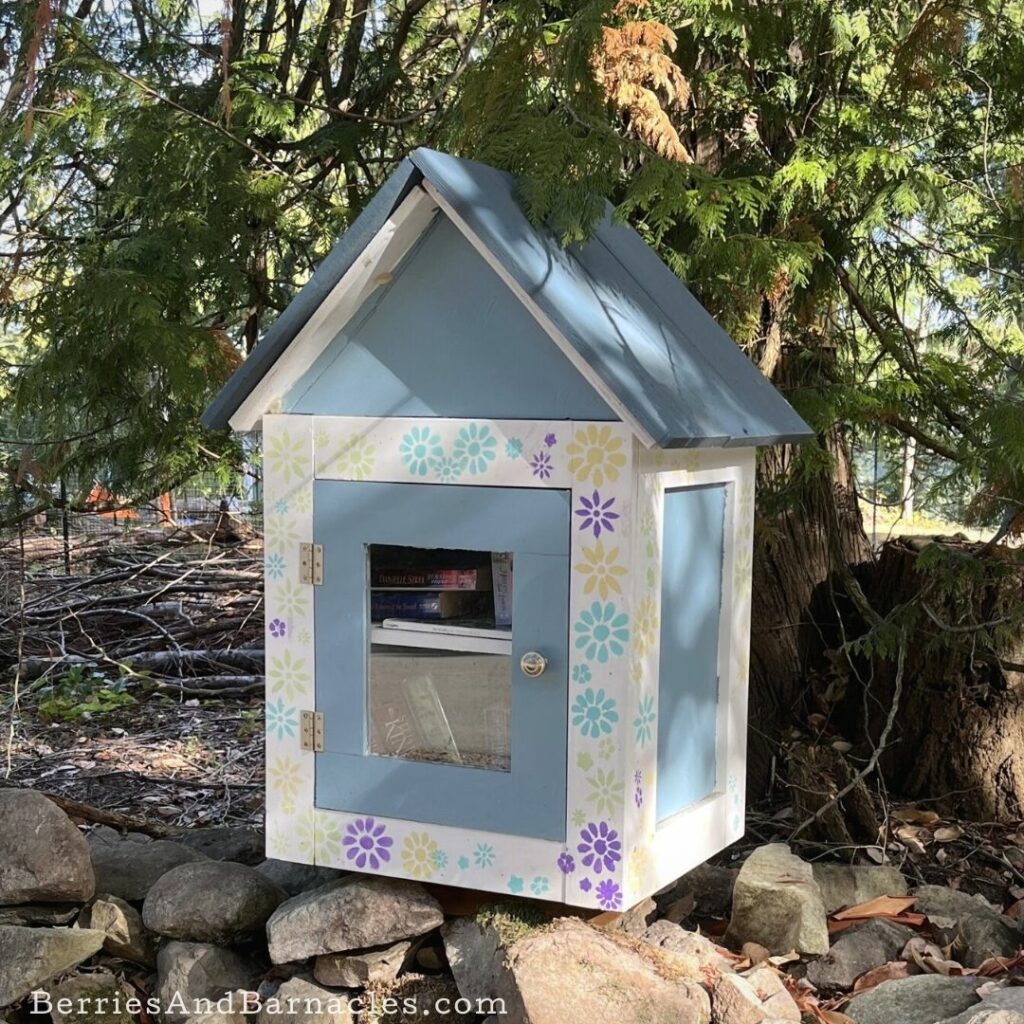
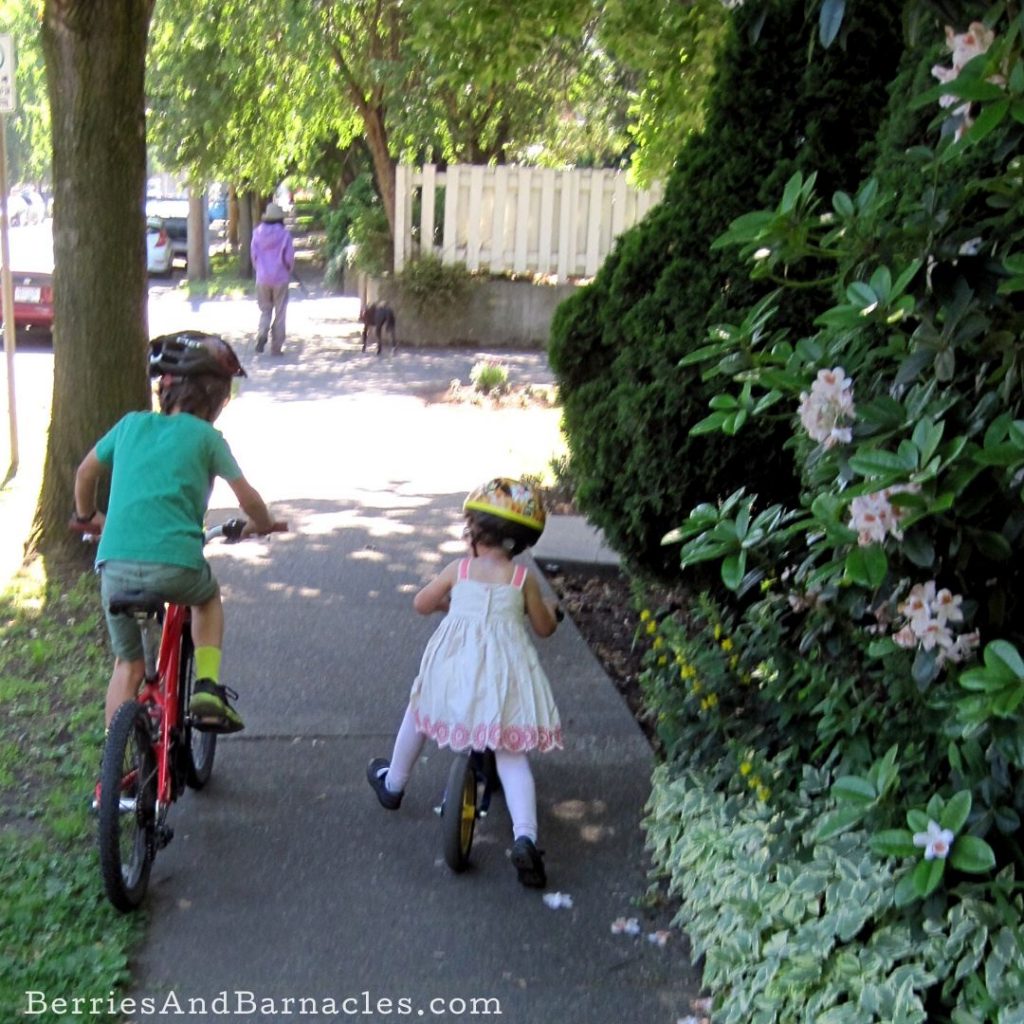
Leave a Reply